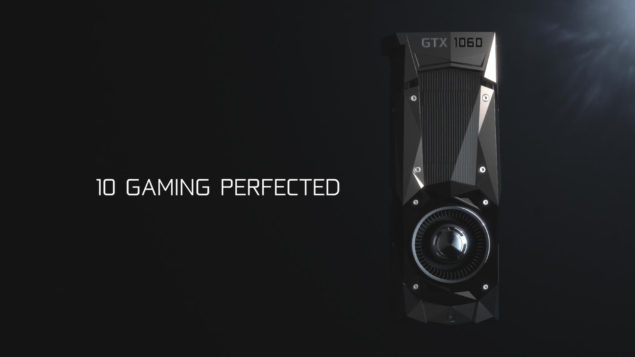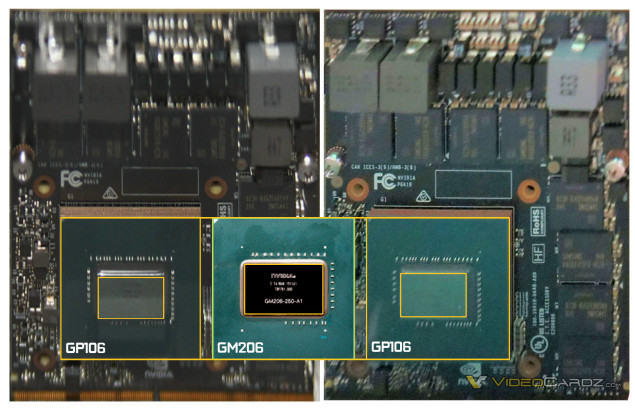
Zauba database shows an entry for the GP106 GPU (aka the Nvidia Geforce GTX 1060). Not only is this the absolute first confirmation that the GP106 is going to end up in a mainstream consumer format (it is thought to power the Drive PX2) very soon.
The GTX 1060 will double the bus width available to its predecessor for a total of 256-bits worth of bus width. The same amount available to the GTX 1080 and GTX 1070 graphics cards from Nvidia.

Nvidia’s GeForce GTX 1060 Details:-
The shipping entry over at Zauba mentions only the insurance value of the chip (meaningless for determining MSRP), the specifications and also the memory type. The GP106 will be using high density GDDR5 (256MX32 configuration). Since the bus width is 256-bits, we are looking in between 4GB and 8GB of vRAM.
The entry only mentions the GP106 GPU, so the information contained in the manifest can pertain to either the GTX 1060 or the GTX 1060 Ti. However,it is more likely that we are talking about the former, considering Nvidia’s historical trend with the “Ti” nomenclature which usually tend to land after the vanilla offering.The launch schedule is however, subject to change, since Nvidia is no doubt waiting for AMD to make a move.
 Not much information is known about the GP106 at this point apart from the few scattered die shots given below (courtesy of VideocardZ). The die size appears to be around 200mm² and if the GPU has two Global Processing Clusters then we can expect around 1280 CUDA cores (256 CUDA Cores per Streaming Multi Processor and 5 SMPs per GPC).
Not much information is known about the GP106 at this point apart from the few scattered die shots given below (courtesy of VideocardZ). The die size appears to be around 200mm² and if the GPU has two Global Processing Clusters then we can expect around 1280 CUDA cores (256 CUDA Cores per Streaming Multi Processor and 5 SMPs per GPC).
The Nvidia GTX 1060 should work only on power provided by the PCIe by design but will probably have an optional 6 pin connector added by AIBs to ensure overclocking headroom. Even though the GP106 is near the bottom of the barrel of the Pascal lineup, we have already seen the high clocks that pascal can achieve, allowing it to pack a lot of punch thanks to the use of 16nm FinFETs. The time has come when entry level actually means affordable gaming performance and not a downright horrible gaming experience.

With the Pascal based GTX 1060 however, things will take a drastic turn. Not only is Pascal able to achieve a very high clock rate, but VR friendly technologies like Simultaneous Multi Projection means that we are looking at a card that will be able to offer very decent gaming performance as well as compatibility with VR HMDs like the Oculus Rift and HTC Vive.
If the GTX 1060 is clocked anywhere near the GTX 1070/1070, you are looking at performance levels of 4.0 TFLOPs+ (Assuming a 1280 CUDA Core Count and a conservative clock speed of 1600 Mhz) with a bandwidth of ~224 GB/s.
We don’t really have any idea about the price point at this time, but we are going to be looking at price levels around the $249-$300 mark. AMD aims to expand the Total Available Market for VR with their Polaris GPUs, it looks like this is Nvidia’s answer to the same.







Nicely written, But when it’s come to first look and specifications so Now here comes the NVIDIA GEFORCE GTX 1060 FIRST LOOK, SPECIFICATIONS AND REVIEWS :
http://www.thebigcomputing.com/2016/05/nvidia-geforce-gtx-1060-first-look-specifications-reviews/
Must read , GTX 1060 is Awesome!!
256 bit for the Ti variant I guess